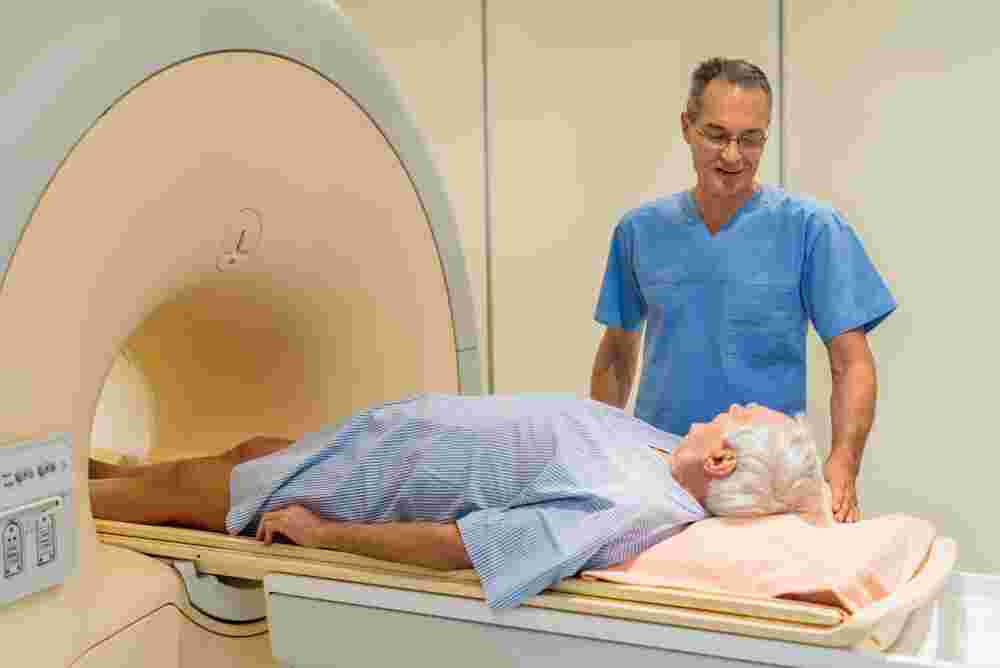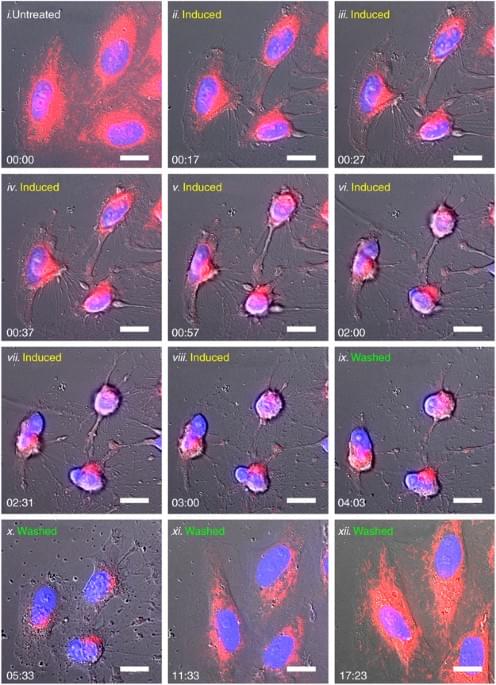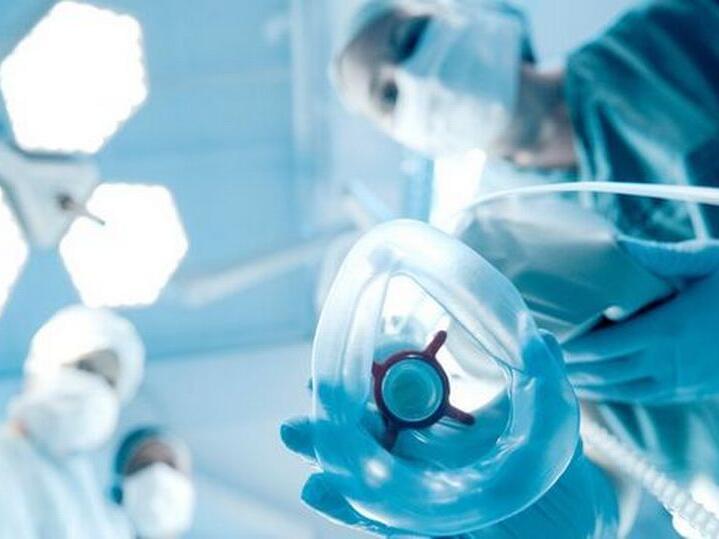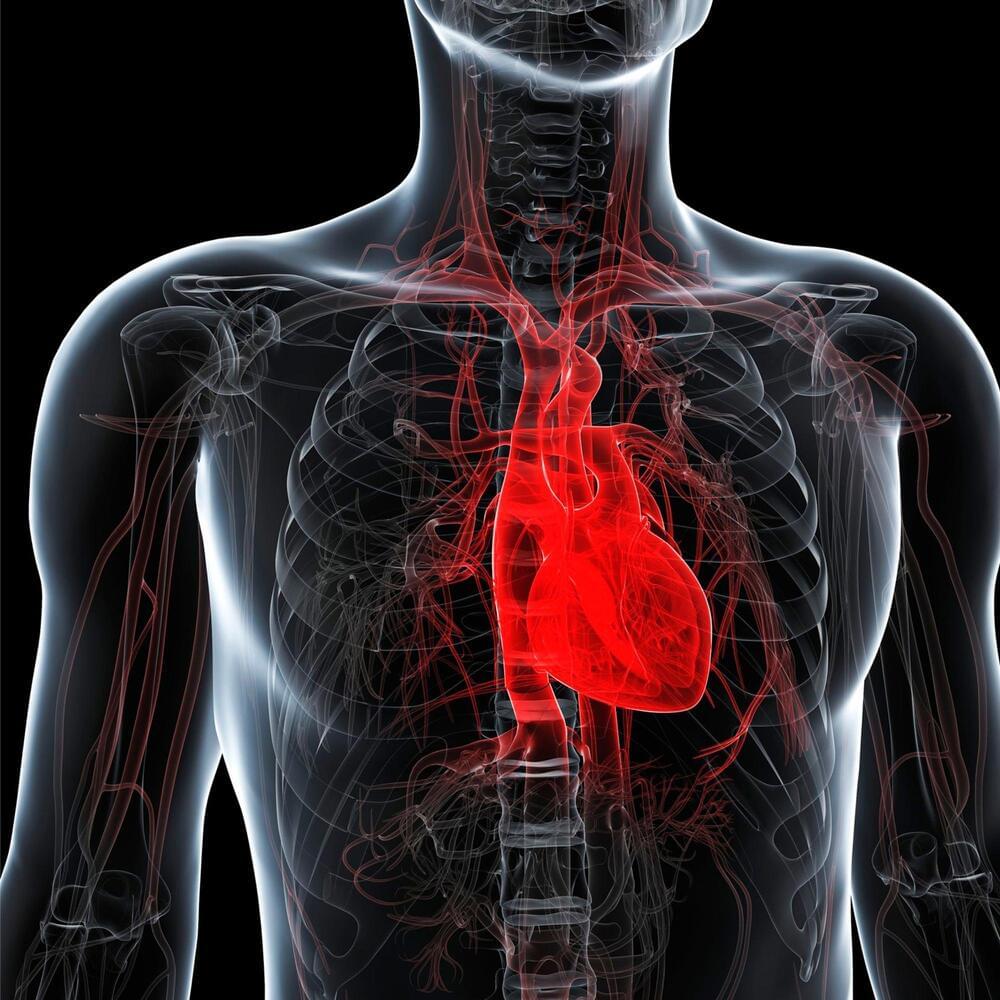Scientists develop a human neuron model that efficiently simulates tau protein spread in Alzheimer’s, hinting at new therapeutic targets.



It reduces stress, boosts the immune system, and relieves pain. Touch is even crucial to our survival. Babies can die if they don’t get it. Additionally, the lack of it in a child’s‘life can stunt their growth in various ways.
Thus, scientists at Saarland University developed the smart textile with therapeutic and medicinal value in mind.
They claim that with this technology, seriously ill children in hospital isolation wards gain the chance to feel their parents’ closeness.

A groundbreaking study in the UK has revealed that reducing the duration of MRI scans for prostate cancer by a third would make them cheaper and more accessible without compromising on their accuracy. Lower costs would mean that more men could be offered scans and diagnosis for a disease which is highly treatable in its early stages.
As of today, doctors rely on a three-stage MRI scan to detect prostate cancer. The patient is injected with a contrast dye at the third stage, which helps to enhance the images from the scan. Now, the new research indicates the third step can be done away with if the first two scans are done with high precision and good quality.
Researchers from University College London (UCL) and University College London Hospitals conducted a study in which they assessed the impact of dropping the third stage. The study involved 555 patients from 22 hospitals in 12 countries.
New detection tools powered by AI have lifted the lid on what some are calling an epidemic of fraud in medical research and publishing. Last year, the number of papers retracted by research journals topped 10,000 for the first time.
One case involved the chief of a cancer surgery division at Columbia University’s medical center. An investigation found that dozens of his cancer treatment studies contained dubious data and recycled images. Other scandals have hit Harvard on the East Coast and on the West Coast it is Stanford University. A scandal there resulted in the resignation of the president last year.
Chapters:
0:00 What we think we know about medical research.
1:32 Arthur Caplan, NYU Langone Medical Center.
Subscribe:
For more news go to: http://www.dw.com/en/
Follow DW on social media:
►Facebook: / deutschewellenews.
►Twitter: / dwnews.
►Instagram: / dwnews.
►Twitch: / dwnews_hangout.
Für Videos in deutscher Sprache besuchen Sie: / dwdeutsch.
#medical #ai #medicalfraud

Year 2008 I think that this reversing of the death processes in cancer could be genetically engineered in humans to essentially reverse death on the whole human body.
British Journal of Cancer volume 100, pages 118–122 (2009) Cite this article.


Year 2021 😗😁😘
Researchers Prof. Judith Haendeler from the Medical Faculty and the molecular biologist Prof. Joachim Altschmied from the Department of Biology, together with their teams, have shown for the first time in the cardiovascular system that telomerase reverse transcriptase (TERT) within the mitochondria, the powerhouses of the cells, has a protective function in myocardial infarction. This work, which was performed together with other groups from the University Hospital Düsseldorf and the University Hospital Essen within the frame of the Collaborative Research Center 1,116, was recently published in the journal Circulation.
Cardiac muscle cells benefit from the increased mitochondrial function and are protected from cell death. Other cell types also profit from increased mitochondrial function such as fibroblasts, which are essential for stable scarring after an infarction, and endothelial cells, which are needed for vascularization and thus blood supply in the infarct area.
In the cell nucleus, TERT is a component of the so-called “immortality enzyme” telomerase, for the discovery of which the Nobel Prize in Physiology or Medicine was awarded in 2009. Meanwhile, it has been shown by the two research groups at HHU, that TERT is also present in mitochondria in the cells of the cardiovascular system. However, until now it has not been possible to clearly distinguish between its functions in these two cell organelles.

A new report has raised alarms about a medical gas used in thousands of hospitals across the US that could be linked to cancer.
Ethylene oxide (EtO), a colourless, odourless gas used to sterilise medical equipment such as ventilators, surgical kits, catheters, and gowns, may cause cell mutations and increase cancer risks, including blood, stomach and breast cancer, according to recent research.
Concerns are particularly high for those living near sterilisation facilities where EtO can remain airborne for hours, causing repeated exposure.
The human brain is a remarkably complex organ, consisting of billions of interconnected neurons. It can be divided into distinct regions, each with specific functions, such as memory and decision-making. Cognition, which includes processes like perception, memory, language, and problem-solving, is all orchestrated by the brain. It’s through these cognitive processes that we perceive and interact with the world around us.
What is special about the structure of the brain compared to other organs? What is the principled way of understanding how the brain works? How does the brain contribute to our sense of Self? Is it possible to compare the brain with the computer? Is it possible to enhance the way that the brain works? What is the brain-basis of language?
These and other questioned are answered by Serious Science experts from leading universities from all around the world. The coursed is comprised of 15 lectures filmed in the period from 2014 to 2020. If you have any questions or comments on the content of this course — please write us at [email protected].
00:00 Connectomics / Jeff Lichtman.
14:30 Synapse Elimination at the Developing Neuromuscular Junction / Jeff Lichtman.
25:17 Genomic Imprinting and the Brain / Catherine Dulac.
36:50 Brain Function and Chromatin Plasticity / Catherine Dulac.
47:45 Free Energy Principle / Karl Friston.
1:02:45 Self-construction / Onur Güntürkün.
1:16:38 Brain Networks / Sylvain Baillet.
1:32:33 Computational Modeling of the Brain / Sylvain Baillet.
1:47:22 Cognition Without a Cortex / Onur Güntürkün.
2:02:17 Brain Training / Barbara Sahakian.
2:14:50 Brain Language Research / Friedemann Pulvermüller.
2:26:49 Brain Imaging / Karl Friston.
2:39:30 Functional Brain Imaging / Srinivas Sridhar.
2:52:21 Clinical Brain Imaging / Sylvain Baillet.
3:08:38 Effect of Music on the Brain / Lauren Stewart.
Follow us:
LinkedIn: / serious-science.
Twitter: / scienceserious.
FB: / serious.scie…
Instagram: / serious.sci…
Support us on Patreon to see more videos: / seriousscience.

face_with_colon_three year 2023 The ultimate goal is to use crispr to modify genetic programming for eternal life this an example of heart age reversal.
An anti-aging gene found in centenarians has been shown to reverse the heart’s biological age by 10 years. This groundbreaking discovery, published in the journal Cardiovascular Research and led by scientists from the University of Bristol and MultiMedica Group in Italy, offers a potential target for heart failure patients.
Individuals who carry healthy mutant genes, commonly found in populations known for exceptional longevity such as the “blue zones,” often live to 100 years or more and remain in good health. These carriers are also less susceptible to cardiovascular complications. Scientists funded by the British Heart Foundation believe the gene helps keep their hearts youthful by guarding against diseases related to aging, such as heart failure.
In this new study, researchers demonstrate that one of these healthy mutant genes, previously proved particularly frequent in centenarians, can protect cells collected from patients with heart failure requiring cardiac transplantation.